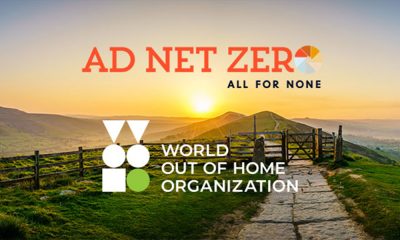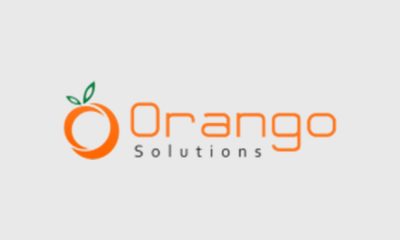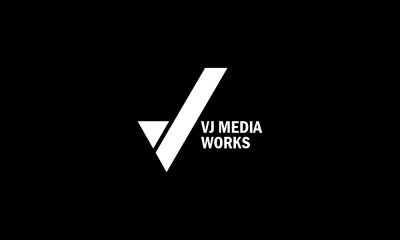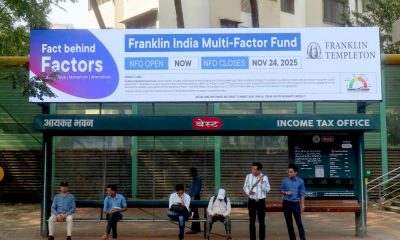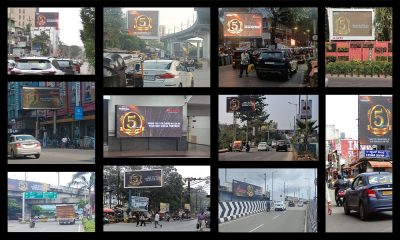Sustainability
Sustainability in OOH advertising: challenges and opportunities
Amit Pal, COO of Arvind Advanced Materials, highlights the growing demand for sustainable materials in OOH advertising, particularly fabric-based options that are lightweight, easy to transport, and visually appealing.

The growing emphasis on sustainability is reshaping industries across the globe, and the out-of-home (OOH) advertising sector is no exception. As businesses and brands seek eco-friendly alternatives to traditional materials, the spotlight is increasingly falling on fabric-based solutions. These innovations promise not only environmental benefits but also operational efficiencies. However, the path to widespread adoption is fraught with challenges, as highlighted by Amit Pal, COO of Arvind Advanced Materials.
Rising demand for sustainable materials
Amit Pal emphasized the increasing preference for fabric-based materials in the OOH advertising sector. These materials offer advantages such as lighter weight, easier transportation, and a premium visual finish compared to traditional PVC flex. However, despite growing interest, adoption remains limited.
Gaps between intent and implementation
According to Amit, the transition to sustainability is often hindered by a lack of awareness among clients and the involvement of intermediaries in the supply chain. While brands express the need for eco-friendly advertising, execution frequently falls short, resulting in continued reliance on non-recyclable PVC flex.
Importance of a circular supply chain
“Without circularity, sustainability cannot succeed,” Amit emphasised. He stressed the need for robust recycling and reuse systems to complement regulations banning harmful materials like PVC flex. While some states have introduced such regulations, more widespread enforcement is critical for sustainable practices to thrive.
Challenges for sustainability-focused businesses
Reflecting on Arvind Advanced Materials’ journey, Amit shared how the company shifted its focus from OOH advertising to other applications, such as digital and artist canvases. This decision stemmed from the challenges in promoting sustainable solutions in a market still dominated by cheaper, non-recyclable options.
A call for collaboration and regulatory support
Amit believes that collaboration among stakeholders and stronger regulatory backing are essential to drive sustainability in the OOH industry. He urged for systems that support innovation and prevent demotivation among entrepreneurs in the green advertising space.
Amit’s insights underscore the urgent need for systemic changes to ensure a sustainable future for OOH advertising.
-

 Associations
AssociationsBroadsign announces acquisition of Place Exchange
-

 Company News
Company NewsDoohClick partners with Quividi for measurement in DOOH and Retail Media
-

 Brand Insights
Brand Insights‘OOH delivers immediacy & local presence like nothing else’
-

 Company News
Company NewsCutting-edge tech comes alive at Panasonic Tech show in Bengaluru
